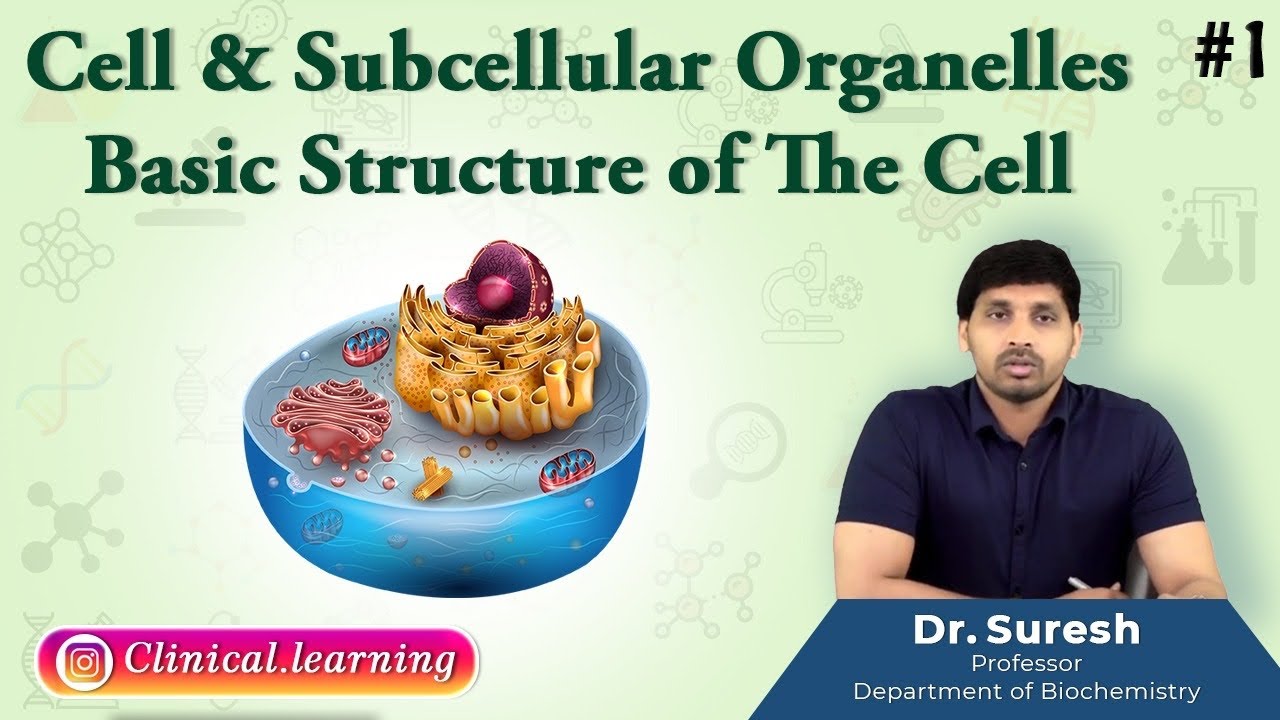The Introduction of MiCareo eDAR System
Summary
TLDRThe discussion delves into the complexities of isolating circulating tumor cells (CTCs) and highlights the innovative Edar technology, which enhances CTC capture through advanced sorting and fluid manipulation techniques. With a remarkable 70-fold increase in purity, Edar enables deeper analysis of these elusive cells, crucial for understanding cancer metastasis. Researchers explore the potential of CTC clusters, suggesting they may communicate and coordinate, leading to more effective cancer treatments. Overall, the conversation emphasizes hope and curiosity in cancer research, showcasing the exciting advancements that could transform detection and treatment strategies.
Takeaways
- 🔍 Cancer research is akin to crime investigations, with circulating tumor cells (CTCs) acting as elusive suspects.
- 🧬 Isolating CTCs is a significant challenge due to their rarity compared to normal cells, making detection difficult.
- 💡 The technology discussed, called EDR (Ensemble Decision Ranking), enhances the ability to capture these rare cells using advanced sorting techniques.
- ⚙️ EDR operates using lasers and microfluidics, allowing for precise differentiation of cells based on specific markers.
- 📊 Sample purity is crucial for accurate analysis, as impurities can obscure results, similar to identifying a grain of sand in a bucket of sand.
- ✨ The EDR system incorporates a two-step sorting process, enhancing quality control by ensuring only the most relevant cells are captured.
- 🌊 'Aloquot stretching' refers to fluid manipulation within the EDR system, creating whirlpools that help separate target cells.
- 🚀 With the new EDR technology, researchers have achieved a 70-fold increase in the purity of isolated CTC samples.
- 🧪 The enhanced purity allows for deeper analysis of CTCs, aiding in understanding cancer spread and potentially facilitating early detection.
- 🤖 Recent research suggests that CTCs may operate in clusters and communicate, potentially coordinating their actions, akin to a strategic invasion.
Q & A
What are circulating tumor cells (CTCs), and why are they significant in cancer research?
-Circulating tumor cells (CTCs) are cancer cells that have broken away from a primary tumor and circulate in the bloodstream. They are significant because studying them can provide insights into cancer spread (metastasis) and potentially aid in early detection and treatment.
What challenges are associated with isolating CTCs from blood samples?
-Isolating CTCs is challenging because they are outnumbered by normal cells by billions to one, making it difficult to detect and analyze them accurately.
What does E-DAR stand for, and what is its purpose?
-E-DAR stands for Ensemble decision Alo quote ranking. It is a high-tech sorting system designed to capture rare circulating tumor cells using advanced techniques like lasers and microfluidics.
How does E-DAR improve the purity of isolated CTC samples?
-E-DAR enhances the purity of isolated CTC samples by employing a double sorting mechanism and strategically placed grooves that create tiny whirlpools in the fluid, helping to space out and isolate target cells more effectively.
What is the significance of having pure samples in cancer research?
-Pure samples are crucial for accurate analysis, as they reduce background noise from other cells, allowing researchers to focus on the characteristics and behaviors of the target CTCs.
What are CTC clusters, and why are they important?
-CTC clusters are groups of circulating tumor cells that may communicate and coordinate their movements. They are important because understanding their behavior could reveal new strategies to disrupt cancer metastasis.
How might researchers identify and study CTC clusters?
-Researchers aim to utilize technologies like E-DAR to capture and analyze CTC clusters, allowing them to explore how these cells communicate and how they might be disrupted.
What potential breakthroughs could arise from studying CTCs and their clusters?
-Studying CTCs and their clusters could lead to early detection of cancer, improved understanding of cancer spread, and the development of new therapies that could prevent metastasis before it starts.
What is the analogy used to explain the sorting process in E-DAR?
-The sorting process in E-DAR is compared to panning for gold, where the initial sort removes larger unwanted materials, and the second sort carefully identifies and captures the valuable CTCs.
What message did the hosts convey about the future of cancer research?
-The hosts expressed optimism about the future of cancer research, emphasizing that ongoing innovations and discoveries in technologies like E-DAR are bringing researchers closer to understanding and fighting cancer.
Outlines

This section is available to paid users only. Please upgrade to access this part.
Upgrade NowMindmap

This section is available to paid users only. Please upgrade to access this part.
Upgrade NowKeywords

This section is available to paid users only. Please upgrade to access this part.
Upgrade NowHighlights

This section is available to paid users only. Please upgrade to access this part.
Upgrade NowTranscripts

This section is available to paid users only. Please upgrade to access this part.
Upgrade NowBrowse More Related Video

This Type of Exercise Reverses Heart Aging, Lowers Blood Pressure, & Has Anti-Cancer Effects

Don't let your Salary CTC fool you! | In-Hand vs CTC! | Ankur Warikoo Hindi

1. Cell & Subcellular Organelles - BASIC STRUCTURE OF THE CELL

Learn Searching and Sorting Algorithm in Data Structure With Sample Interview Question

Sysmex Inostics' Plasma-Safe-SeqS NGS Technology

TRANSFORM - Amazing Technology Invented By MIT
5.0 / 5 (0 votes)